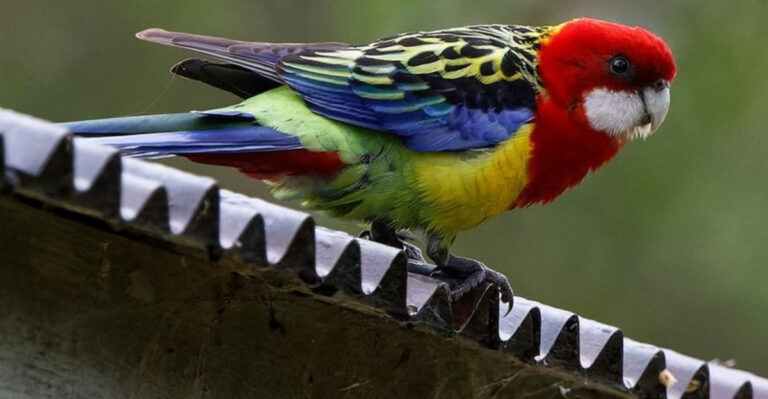17 Reasons Some Cats Struggle To Find Their Forever Home
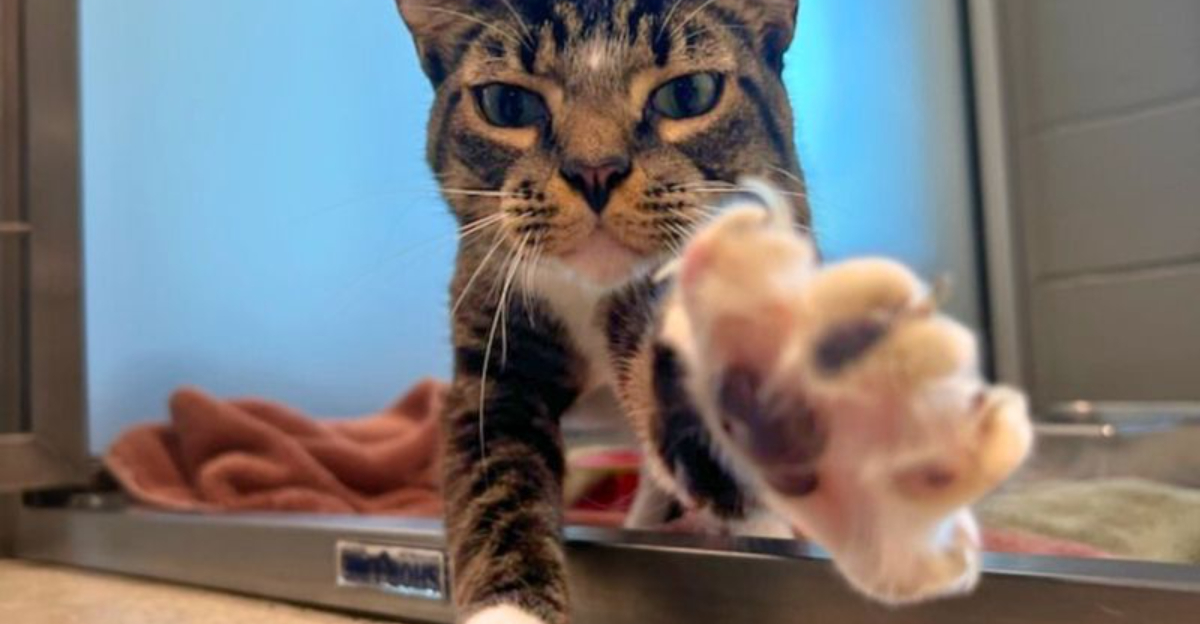
Ever thought about how a tiny little creature, with paws softer than your favorite blanket, could possibly have a hard time finding a forever home? You might be surprised! While some felines are quick to curl up on a cozy couch, others face hurdles that keep them from basking in human affection.
We’re diving into this feline mystery, unraveling the unique reasons why some cats linger longer in shelters. Buckle up, cat lovers, as we explore these curious tales and maybe even find a place in our hearts—and homes—for these whiskered wonders.
1. Feline Health Concerns
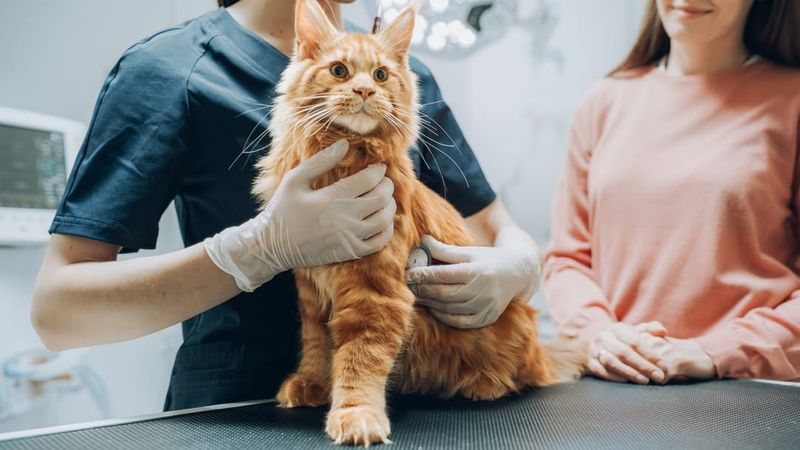
Imagine being told your new friend might come with a lifetime of vet visits. Not quite the welcome package you’d hoped for, right? Cats, much like us, can have health issues that require regular attention. From diabetes to heart murmurs, these conditions can seem daunting to potential adopters.
Yet, with the right care and love, many of these cats live happily ever after. Cats with health concerns just need someone willing to take a chance, to see beyond the medical jargon and into their warm, purring hearts.
2. Age Perception
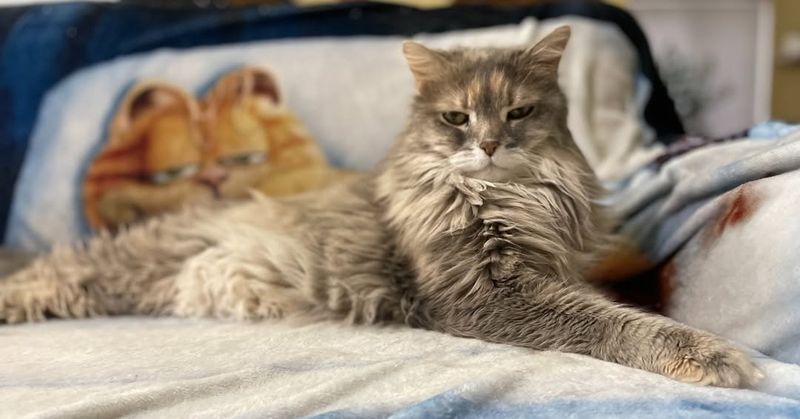
Age is just a number, or so the saying goes. Yet, when it comes to adopting a cat, many people seek out kittens, thinking they’re the easiest to bond with. Senior cats, with their wise eyes and gentle demeanor, are often overlooked.
While they might not chase a laser pointer like they used to, older cats bring a certain calm that can be incredibly rewarding. So, maybe next time, consider the wisdom and serene companionship a senior cat can offer!
3. Behavioral Challenges
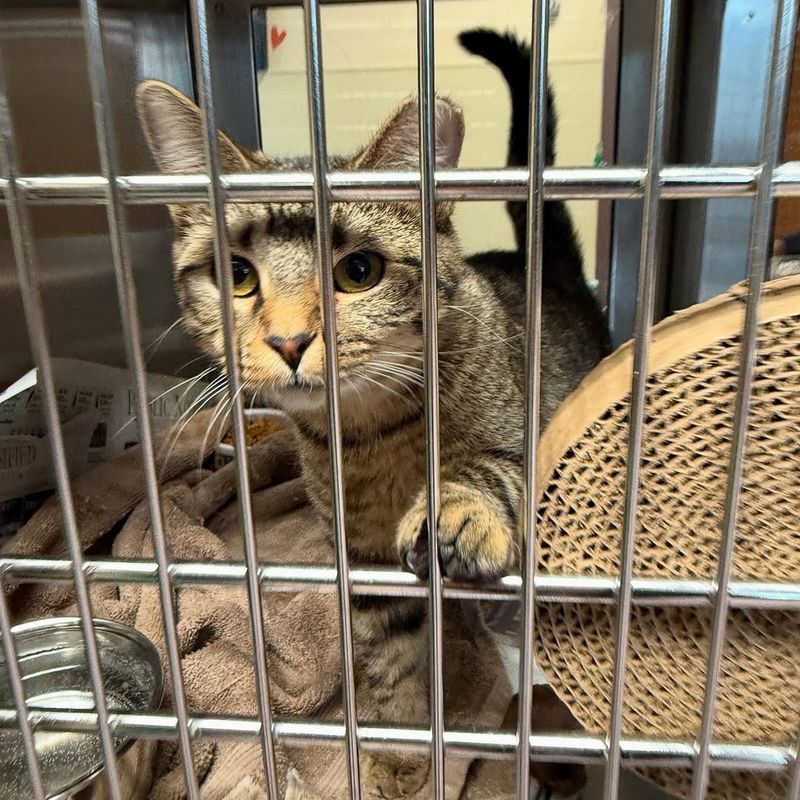
Some cats have personalities that could rival a reality TV star. While these quirks make them unique, they can also be a hurdle in finding a home. A penchant for knocking over vases or a tendency to hide from guests might deter some adopters.
However, with patience and understanding, many behavioral challenges can be mitigated. After all, who doesn’t have their own little habits that need a bit of love and patience?
4. Feline Color Bias
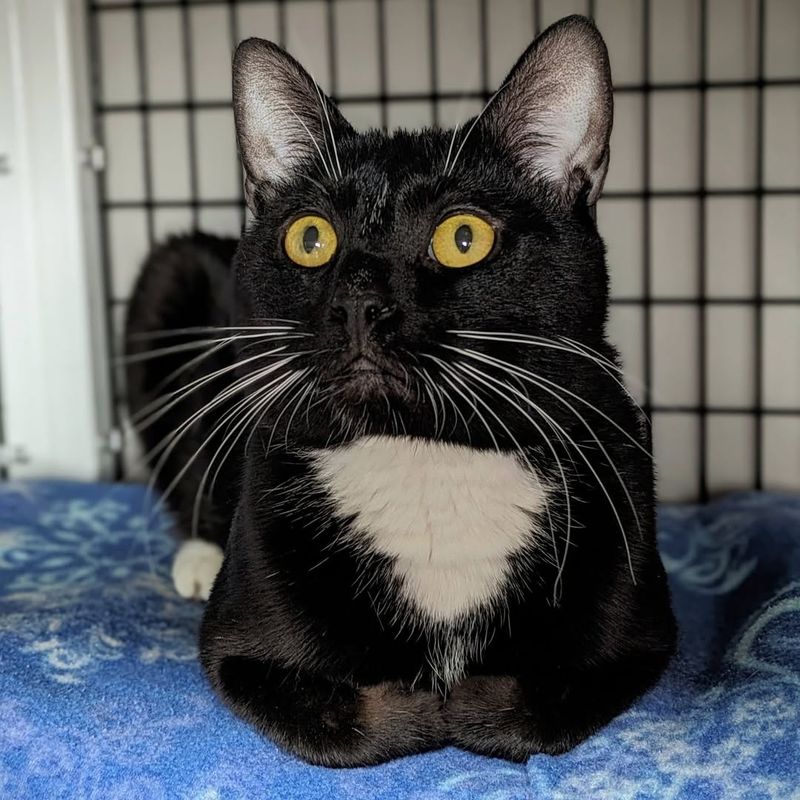
Believe it or not, the color of a cat’s fur can influence its adoption chances. Black cats, often associated with superstition, tend to linger longer in shelters. Their fur may appear plain to some, but these cats carry an air of mystery and elegance.
If given a chance, a black cat might just prove to be the most charming companion you’ve ever had. Plus, they go with everything—what other accessory can boast that?
5. Fear Of Scratching
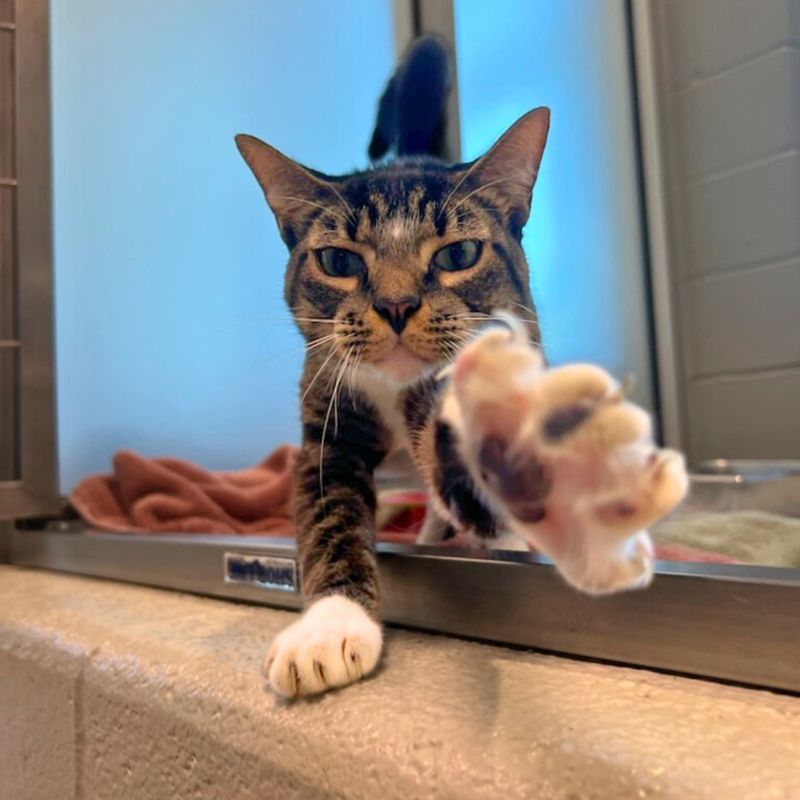
Cats and their claws have a bit of a reputation, don’t they? Many potential cat parents worry about scratched furniture or surprise swipes. While cats do love a good scratch, with the right training and equipment, these concerns can be easily managed.
Providing ample scratch posts and rewarding good behavior can keep both the cat and the furniture happy. After all, every cat deserves a chance to show they can be both playful and gentle.
6. FIV And FeLV Stigma
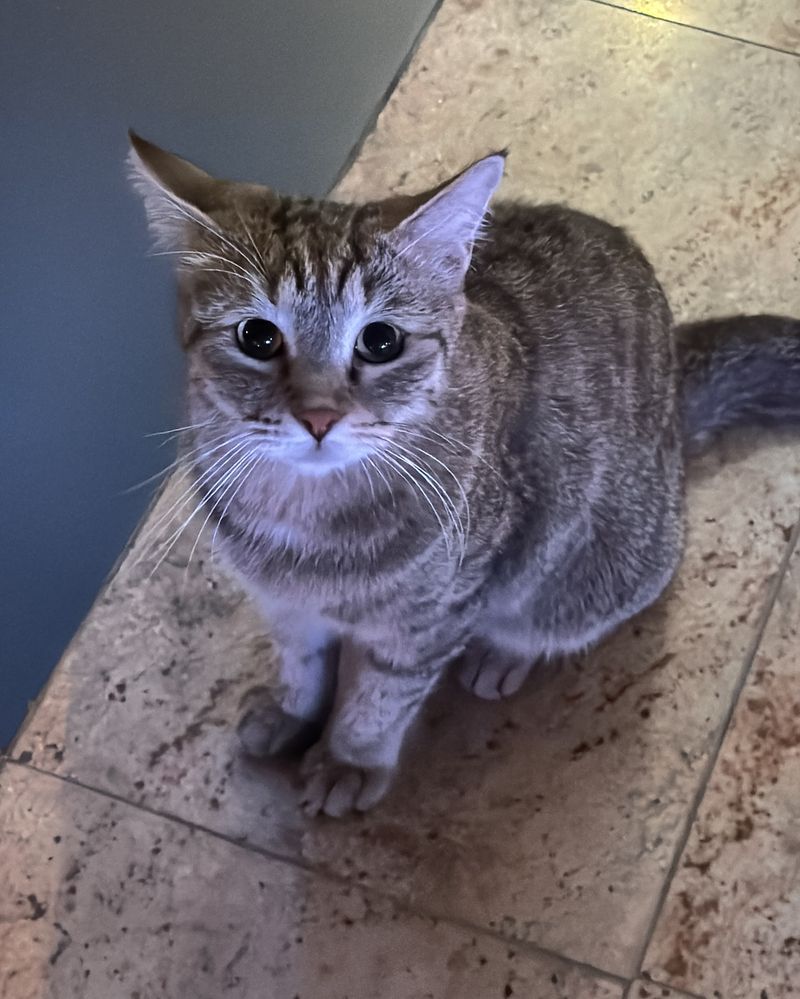
Hearing ‘FIV’ or ‘FeLV’ can sound like a foreign language to many. These are conditions that affect a cat’s immune system, but they don’t mean a cat can’t have a fulfilling life.
With regular vet check-ups and a bit more care, these cats can thrive just like any other. It’s all about understanding what these conditions entail and not letting fear overshadow the joy these cats can bring.
7. Overcrowded Shelters
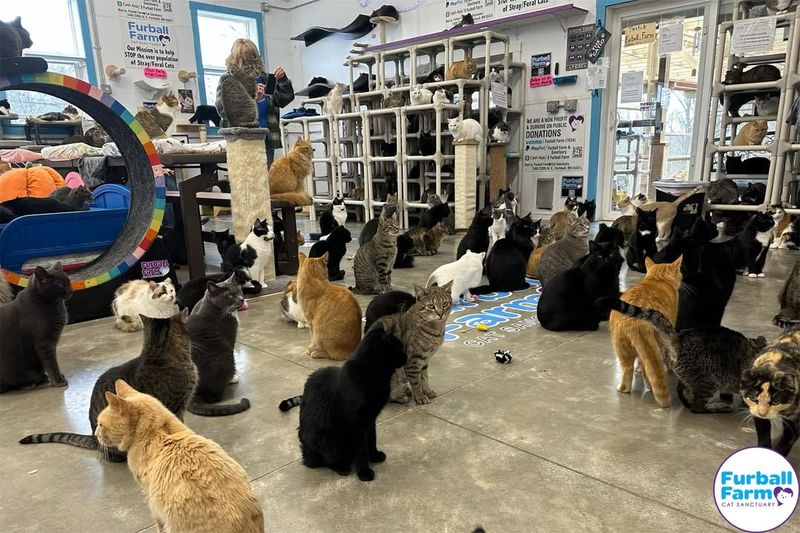
In the hustle and bustle of a busy shelter, some cats simply get lost in the crowd. With so many furry faces vying for attention, it’s easy for anyone to feel overwhelmed. This environment, though temporary, can be stressful for cats, affecting how they behave when meeting potential adopters.
By visiting shelters with an open heart and time to spend, one might uncover the perfect furry companion hidden in plain sight.
8. Special Needs Cats
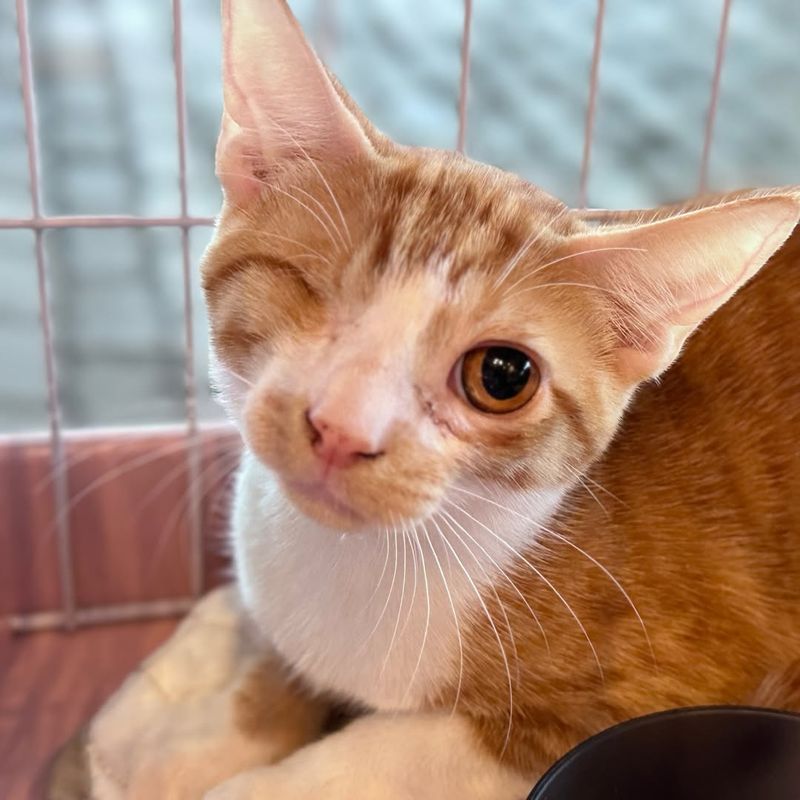
When life gives cats lemons, they turn them into lemonade—three-legged lemonade, in some cases! Special needs cats might look different, but they often exude a zest for life that’s infectious. Their resilience can teach us lessons in adaptability and joy.
Adopting a special needs cat requires a bit more effort, but the love and gratitude they offer in return are immeasurable. Who wouldn’t want a pet that’s as inspiring as they are cute?
9. Previous Abuse
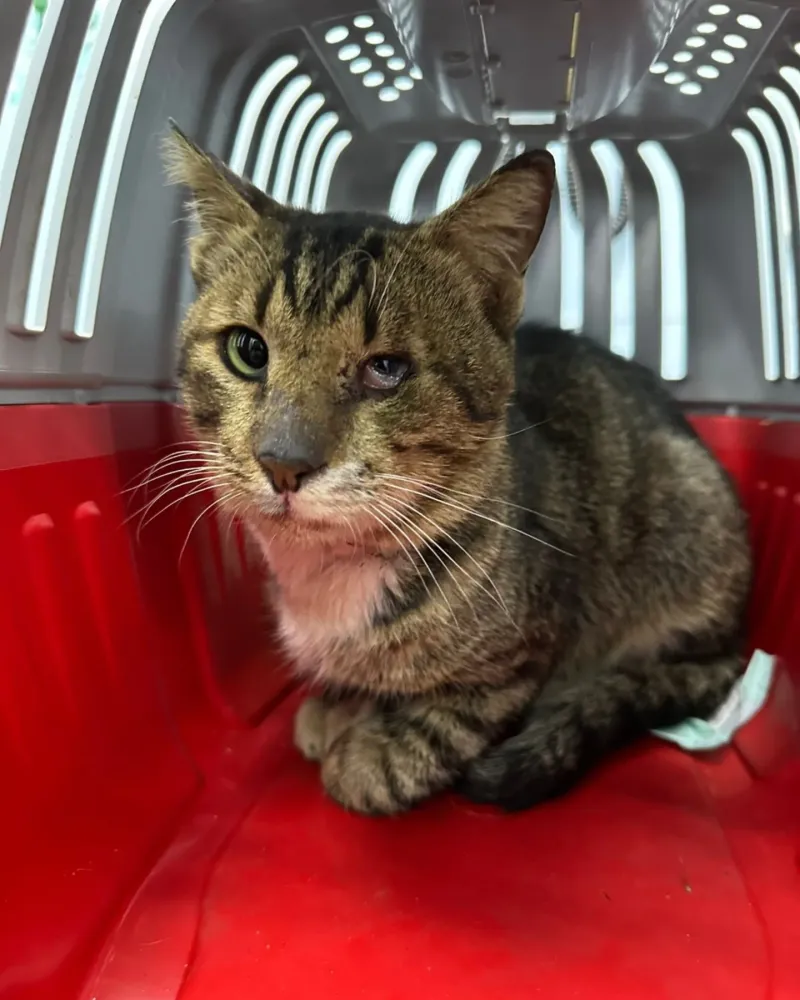
Imagine facing the world when it’s been less than kind. Cats who have experienced abuse often carry scars, both visible and hidden.
They may be wary of humans at first, but with patience and tenderness, these cats can learn to trust again. Adopting such a cat is a journey of healing for both parties, as you watch them transform from fearful to affectionate. It’s a beautiful process that rewards both heart and soul.
10. Allergies And Misconceptions
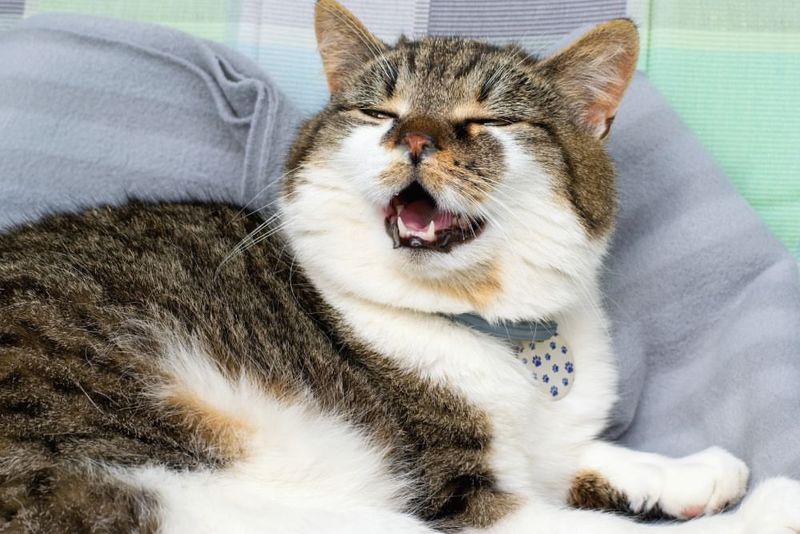
Sneezing around a cat doesn’t necessarily mean you have to say goodbye to potential feline friendships. While cat allergies are common, many people manage them with mindful strategies. Some breeds are even hypoallergenic, reducing the likelihood of reactions.
It’s all about understanding and adapting. With a bit of research and an open mind, most allergy concerns can be mitigated, allowing for a harmonious human-cat relationship.
11. Estimated Costs Of Care
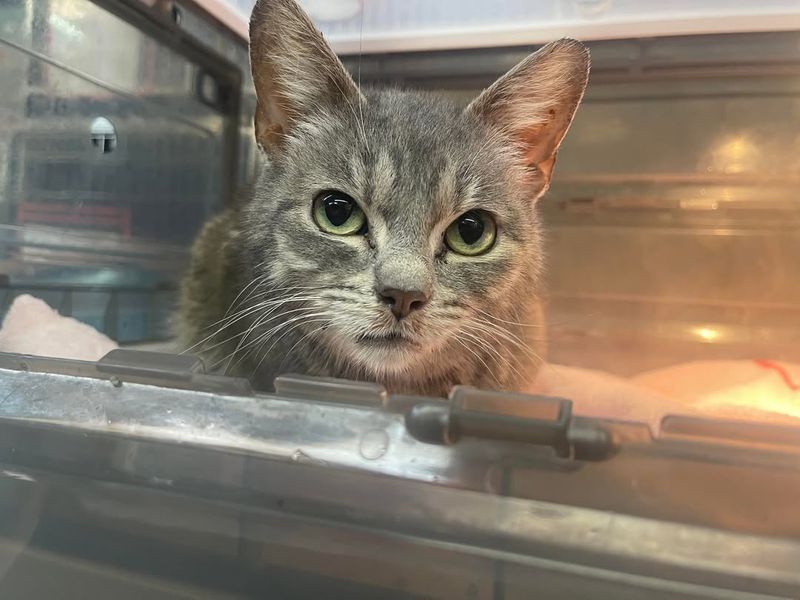
Adopting a cat is like adding a new member to the family, and with it comes financial responsibility. The costs of food, vet visits, and other essentials can add up, leading some to hesitate. However, with careful planning and budgeting, these expenses can be manageable.
Many shelters offer advice on affordable care options, ensuring that cost doesn’t become a barrier to finding a loving home for a cat in need.
12. Introduction To Other Pets
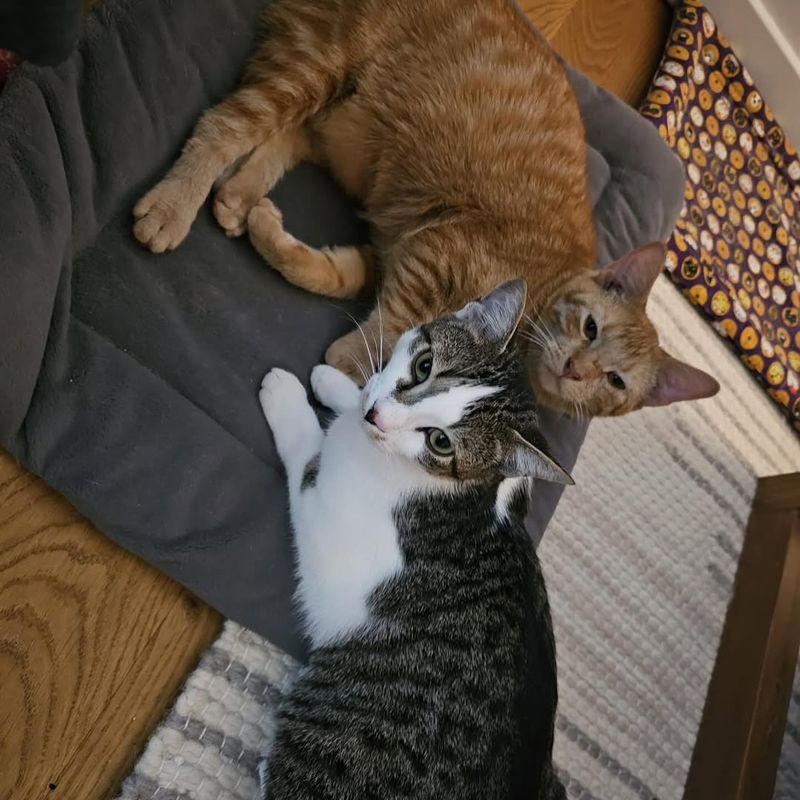
Ever wonder how a cat and a dog become the best of friends? Introducing a new cat to existing pets can seem challenging, but with time and patience, a harmonious household is possible.
Slow introductions, plenty of space, and supervised interactions are key to building trust among pets. Remember, every relationship has its own pace, and sometimes, the bond formed is stronger than you could ever imagine.
13. Travel Lifestyles
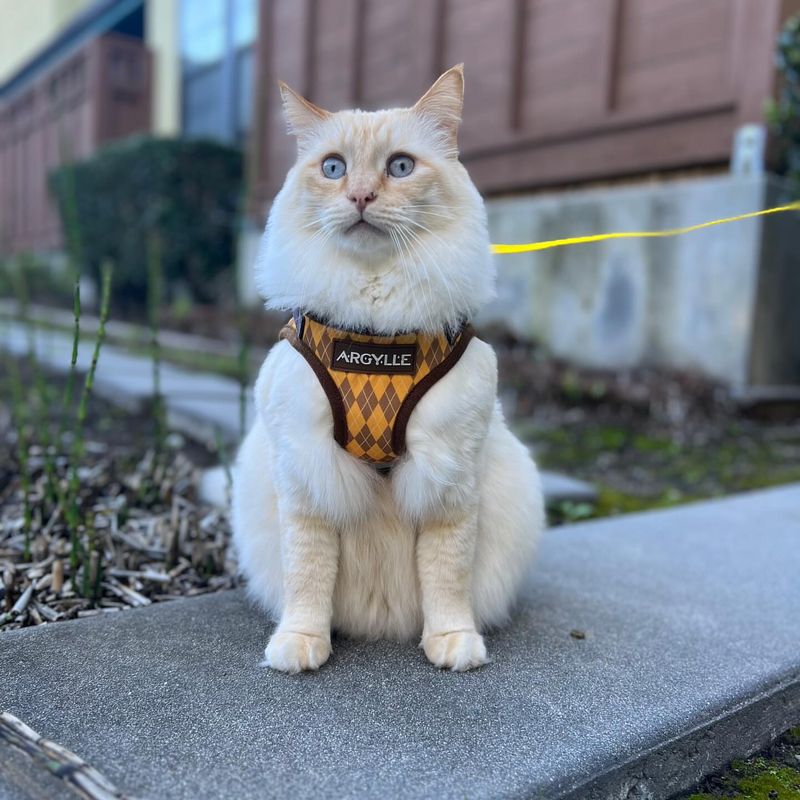
For those bitten by the travel bug, the idea of a stationary pet can clash with their lifestyle. Yet, many cats are surprisingly adaptable. With the right training and comfort, they can enjoy adventures just as much as their human companions.
Portable litter boxes and travel-friendly carriers make it easier than ever to bring your feline friend along. Who knows, you might just have a future Instagram star on your hands!
14. Rental Restrictions
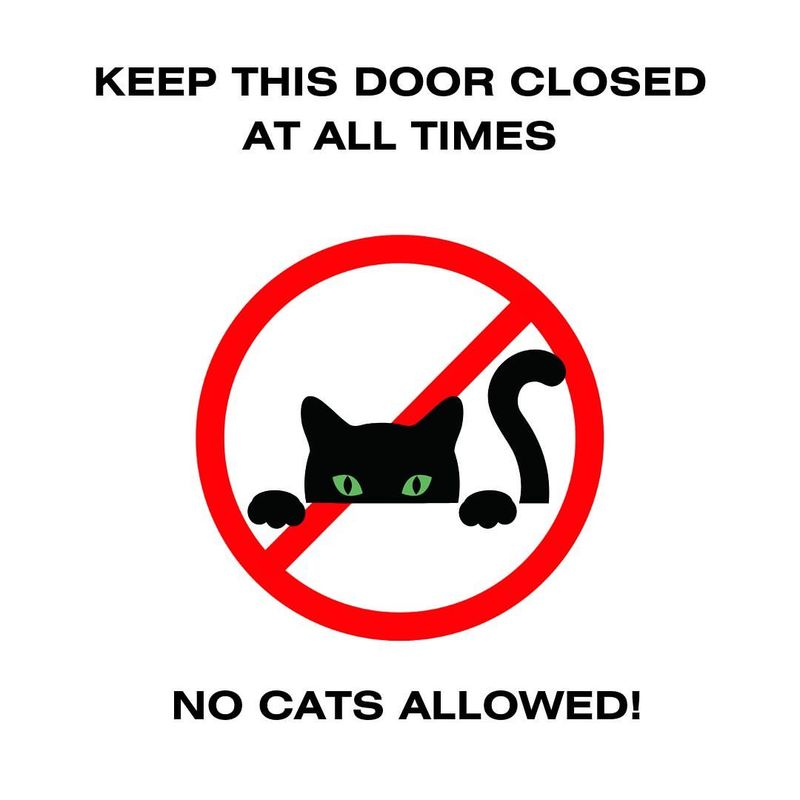
Finding a pet-friendly rental is like looking for a needle in a haystack for some. Many landlords hesitate to allow pets due to potential damage or complaints. However, this doesn’t mean it’s impossible.
By offering pet deposits, providing references, and showing a commitment to maintaining the property, many pet owners successfully negotiate these hurdles. It’s all about communication and proving that your furry friend will be a respectful tenant.
15. Misunderstood Independence
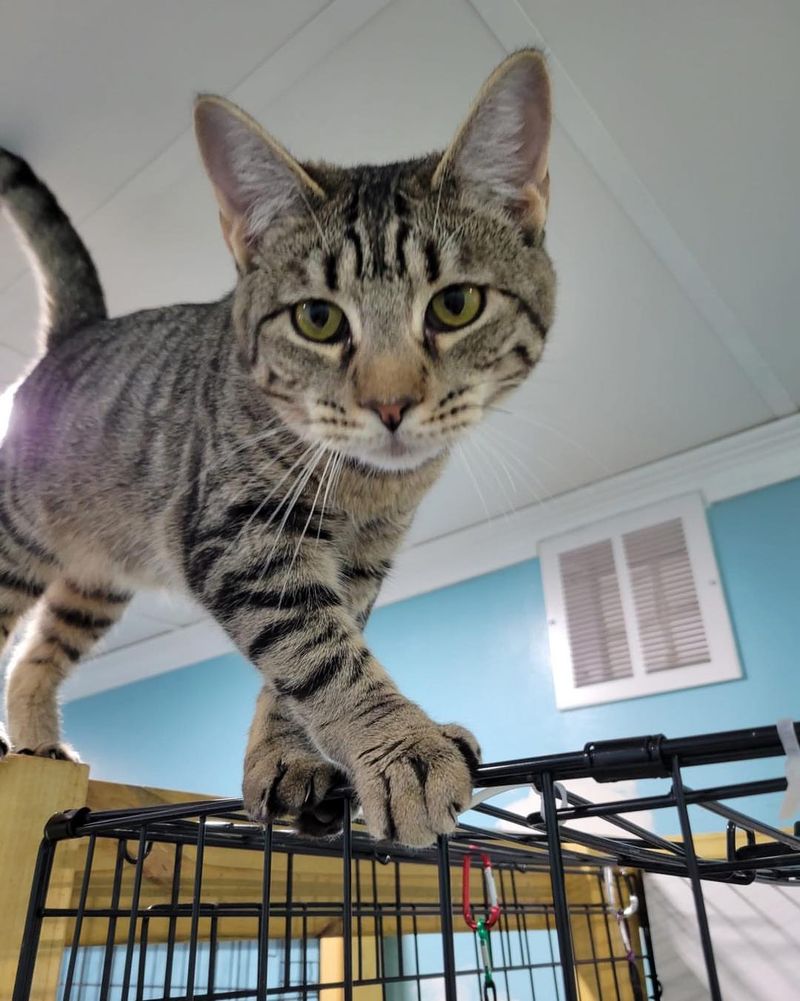
Cats often get labeled as aloof, but that’s just part of their charm. Their independence is frequently misunderstood as a lack of affection. In reality, cats form deep bonds with their humans, they just express it differently.
Whether it’s a soft purr or a gentle headbutt, their love is as genuine as any other pet. Understanding this unique bond can turn potential hesitations into eager adoptions.
16. Unfamiliar Environments
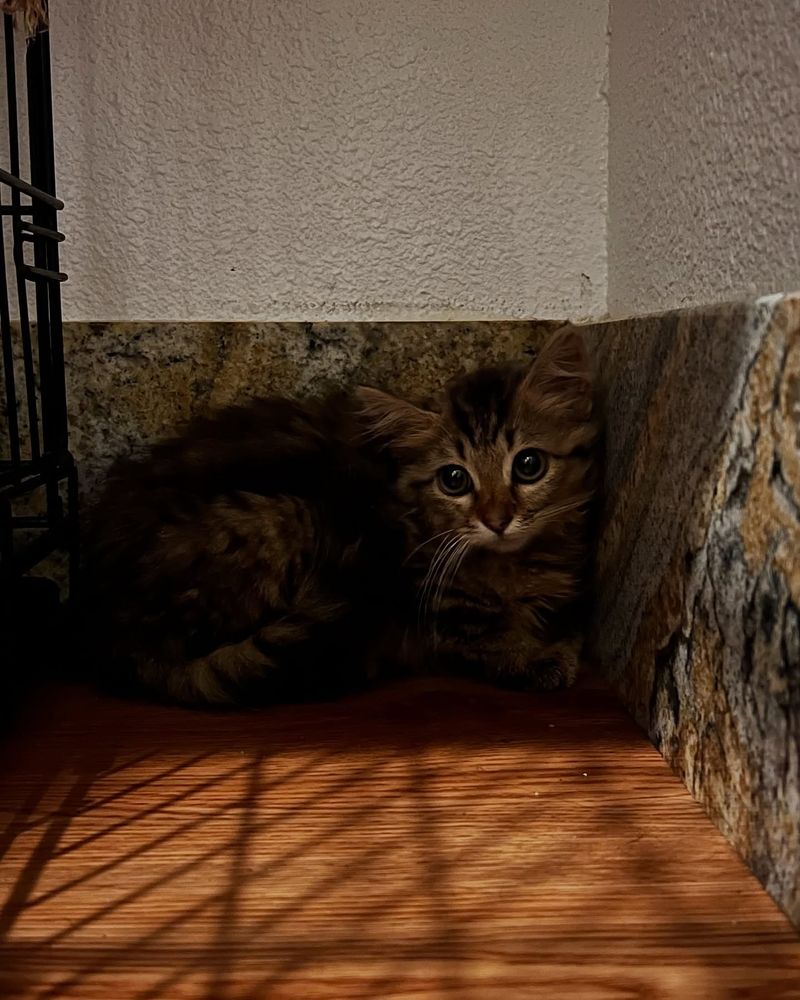
New places can be daunting, even for the most adventurous of cats. The sounds, smells, and sights of unfamiliar territory can make them uneasy.
This initial stress sometimes discourages adopters. Yet, with patience and gradual introductions, cats can adapt beautifully to new environments. Providing familiar items and creating cozy spots can ease the transition, turning a strange house into a beloved home.
17. Negative Stereotypes
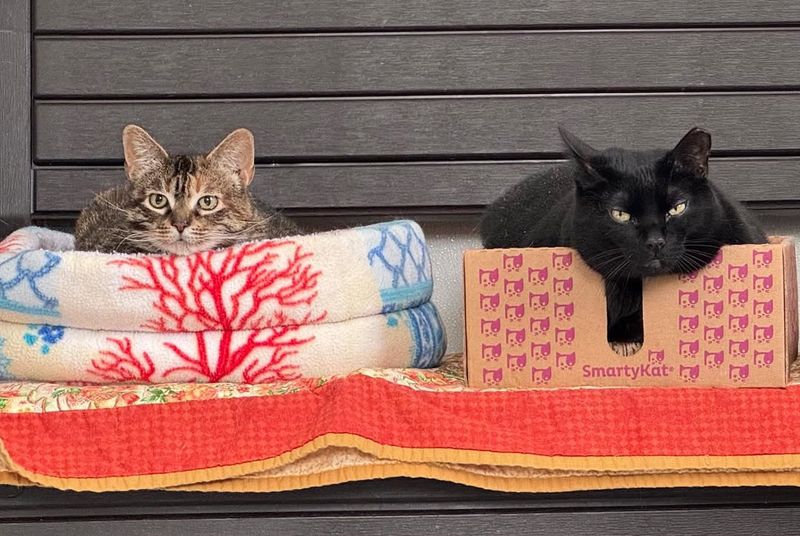
Old wives’ tales have a funny way of sticking around, don’t they? Cats, especially black ones, have long been subject to myths that paint them in an unfair light. These stereotypes can unjustly influence adoption decisions.
But those willing to look past them often find a friend with unmatched loyalty and love. It’s all about seeing the cat for who they are, not what old stories say they should be.





